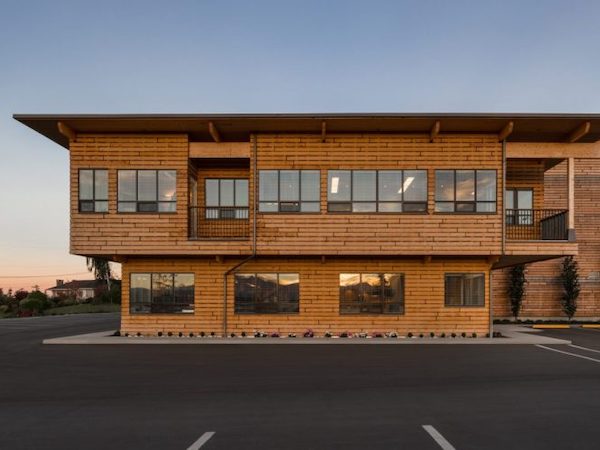Circular Economy & the Built Environment Sector in Canada

Strategies for Collaborative Construction: IPD Case Studies
July 29, 2021
ON5: Tracking critical metrics during the construction of a mass timber building
July 29, 2021This study, carried out by The Delphi Group in collaboration with Scius, was completed in March 2021 on behalf of Forestry Innovation Investment Ltd. (FII) in British Columbia and Natural Resources Canada (NRCan) as the co-sponsors for the research.
The work identifies a broad range of current efforts across Canada and undertakes a deeper dive on design for disassembly and adaptability (DfD/A) best practices, including an analysis of the ISO Standard 20887:2020 (i.e., design for disassembly and adaptability) in line with current Canadian industry practice and market readiness.
This report brought together the insights from the research, summarized in the following sections:
- Circular Economy and the Built Environment – provides an initial high-level overview of the circular economy in the context of the built environment.
- Circular Built Environment in the Canadian Context Economy – provides a summary of circular strategies being applied across a building’s life cycle, including circular building design, building material innovation and manufacturing, construction, building use and operations, and deconstruction and resource recovery. It also includes a high-level overview of the enabling ecosystem landscape in Canada.
- Deep Dive on Design for Disassembly and Adaptability – provides more in-depth discussion on DfD/A, including an analysis of the ISO Standard 20887:2020 and CSA Group’s Guideline CSAZ782-06 as they relate to circular design and construction principles and best practice approaches.
- Key Barriers and Enablers – provides an overview of some of the key barriers, challenges, and enablers for a more circular built environment in Canada.
- Accelerating the Circular Built Environment in Canada – provides a set of recommendations and considerations for future research and efforts to improve the business case for the circular built environment in Canada.
Research for the study also included fifteen key informant interviews from across Canada, building on two dozen stakeholder interviews undertaken over the previous six months by Delphi on the topic of circularity in Canada’s built environment sector. These Interviews helped identify the current state of the market in Canada, existing barriers and enablers, and supply chain gaps.
Download the report here.

The StructureCraft plant in Abbotsford, BC (above) is an wxcwllent example of a "circular" building. Completed in 2017, the project features prefabricated wall and roof panels were designed with a variety of mass timber and engineered wood products, including DLT, LSL, NLT, and Glulam. StructureCraft designed the entire building as a demountable structure, providing flexibility to expand or move the facility entirely to a new location. The building was planned according to principles of design for deconstruction with the key features being reuse of existing structure in proposal, use of screwed steel connectors, and collaboration with the contractor.
Image courtesy Keystone Architecture.
